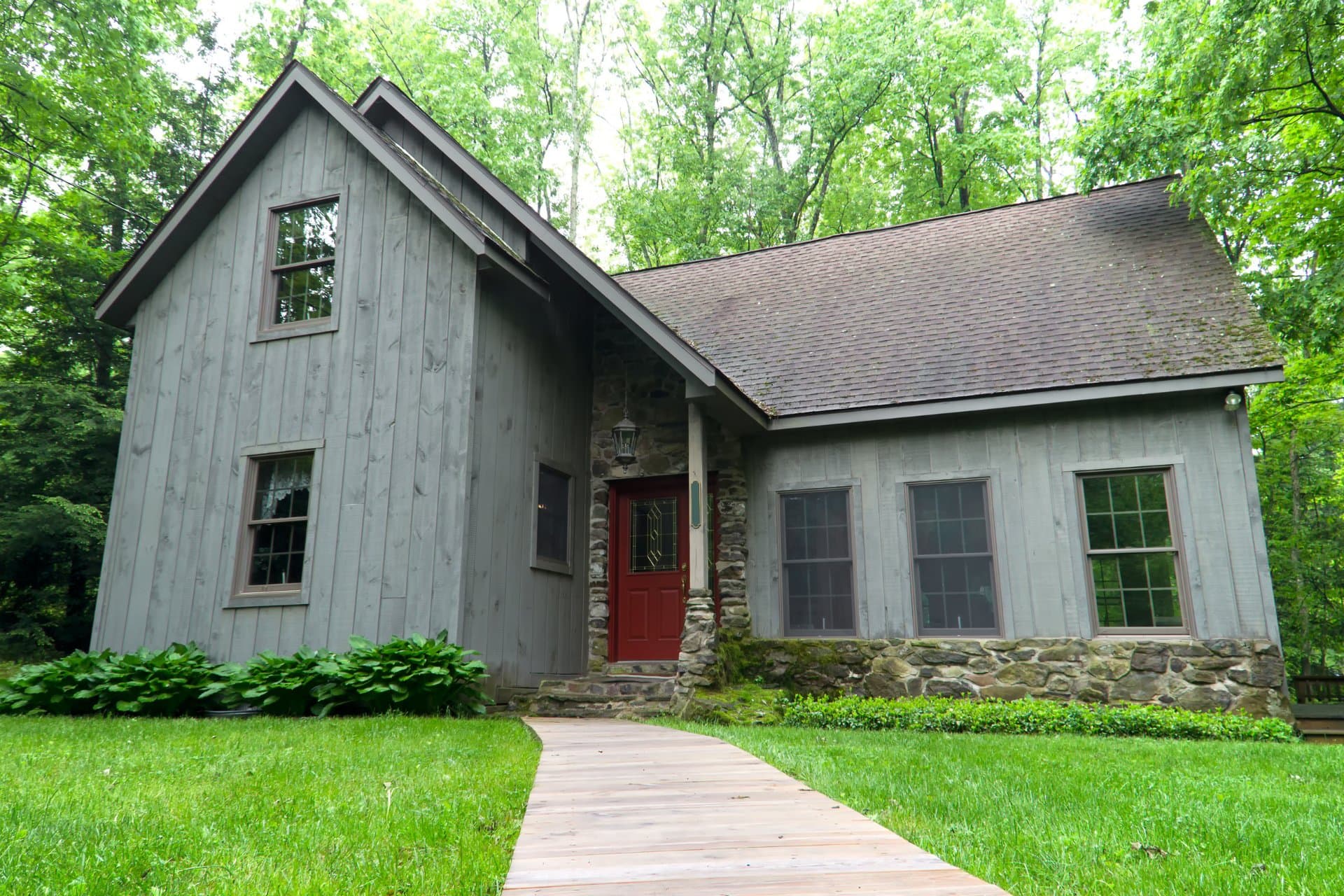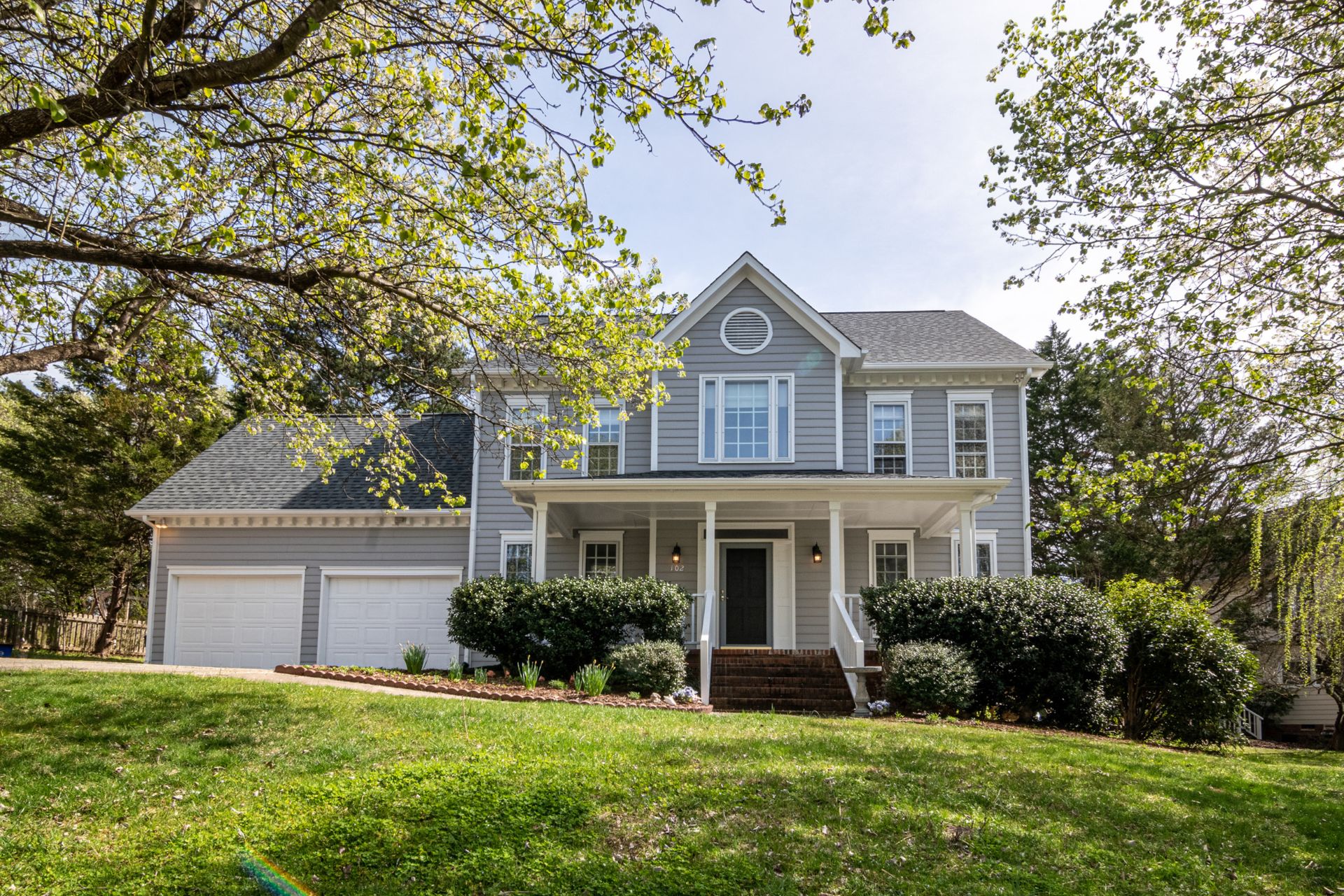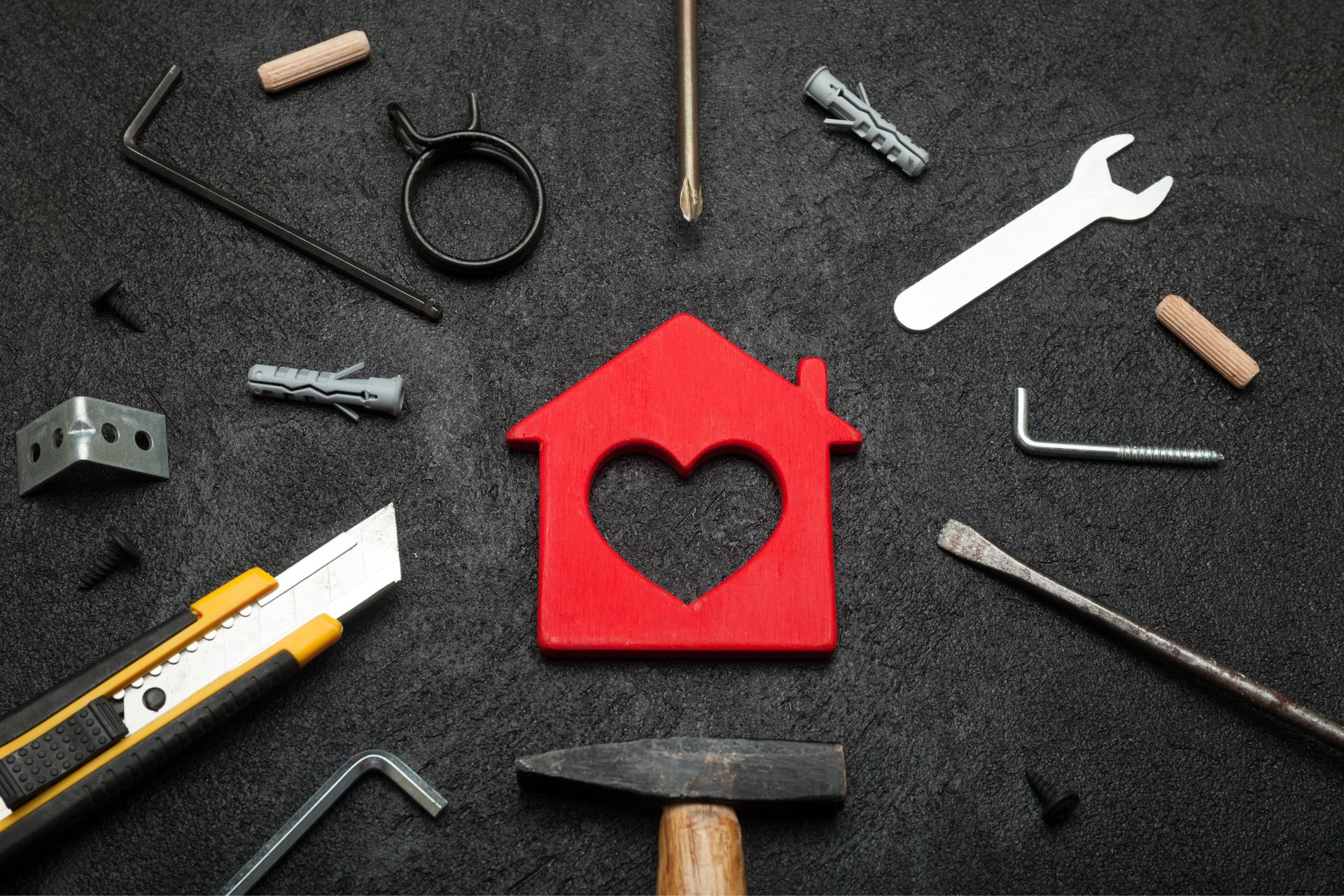One of the most critical decisions facing homebuyers is choosing between purchasing a brand-new property versus an existing, resale home. At first glance, each option has pros and cons depending on your unique priorities, lifestyle, stage of life, and budget. Take time to examine all facets of new construction versus established homes thoroughly. With an expert real estate agent helping guide your decision every step of the way, you’ll feel confident making the right choice for your needs.
Customize Every Detail to Your Style
One of the most exciting aspects of opting for a new construction home is the ability to customize it to your tastes during the design phase. Many builders allow buyers to select finishes like cabinets, countertops, flooring, lighting fixtures, paint colors, and more. You can also work with the building team to tweak floor plans and layouts to suit your lifestyle.
This allows you to put your unique stamp on every corner of the home, from the layout to the exterior finishes. Make it 100% your style! For example, if you love to cook, splurge on the latest appliances and high-end countertops for your dream kitchen. Or if you work from home, design the ideal home office with custom built-ins and lighting.
While cosmetic changes like paint, fixtures, and finishes are possible in an existing home, substantially altering floorplans, layouts, and traffic flow is extremely difficult and costly in a resale dwelling. Homebuyers who place high priority on the flexibility to personalize the home from the ground up should strongly consider exploring their new construction options. Just beware of going overboard on upgrades and blowing your budget! Carefully weigh each selection.
New Systems Mean Minimal Maintenance
One of the biggest perks of purchasing a brand-new home is the expectation that no major repairs or renovations should be required immediately after moving in. Of course, some minor contractor callbacks, warranty requests, and adjustments are to be anticipated during the first year as you settle into the new abode. This is considered typical and warranted by the builder.
However, you can generally expect to live virtually repair-free for at least the first 3-5 years in a new dwelling, aside from basic homeowner maintenance like appliance upkeep, changing air filters, yard care, etc. Compare this to resale homes, which almost always require some degree of upgrade or renovation either immediately or within the first few years of ownership.
Items commonly needing replacement in older homes include the roof, HVAC system, water heater, appliances, flooring, windows, plumbing, and electrical components. Inspection reports before purchasing will reveal the condition of these systems and any flaws. Then, budget appropriately for their repair or replacement down the line. Homebuyers aiming to avoid major home repairs and associated costs and headaches should strongly favor new construction.
Higher Energy Efficiency
Thanks to ever-advancing residential building codes and construction methods, newly built homes boast the most cutting-edge energy-efficient materials and systems available today. This includes well-insulated envelope walls, ceilings, and foundations; high-performance Low-E windows; tankless water heaters; LED lighting; triple-pane windows in cold climates; and advanced HVAC equipment with programmable thermostats.
New homes are expressly designed to be ultra-energy-efficient, keeping interiors comfortable in all seasons while consuming far less power than older dwellings. Lower energy bills provide savings that can quickly offset the higher cost of new construction.
On the contrary, existing homes, especially older homes built more than 10-15 years ago, are prone to higher energy bills due to inadequate insulation, drafty windows and doors, older HVAC equipment well past its prime, and outdated appliances. While upgrading these systems incrementally is certainly possible, it can be extremely costly to bring an older home up to current energy standards.
Those buyers prioritizing optimal energy efficiency straight out of the gate should strongly consider purchasing a new, eco-friendly home to benefit from modern construction practices and green technology while avoiding massive upgrade costs down the road. Just be sure to vet the builder’s energy-efficiency claims thoroughly.
Mature Neighborhoods vs. New Communities
When deciding between an established neighborhood and a new housing development, consider amenities and ambiance. Moving into an existing community provides the advantage of mature trees and landscapes. But keep in mind you’re inheriting previous owners’ plant choices and yard design.
Brand new subdivisions require homeowners to landscape yards and plant trees entirely from scratch. This allows you to customize your landscape design and plant selections fully but does require time for new saplings and plantings to mature. If you envision sipping lemonade under the shade of a stately oak, established neighborhoods have your dream covered today.
In terms of surrounding amenities, established communities likely already have schools, parks, recreation centers, restaurants, shopping, entertainment, and more in place. New developments are often still working in progress, with community build-outs spanning 5-10 years. Research timelines for completion of amenities important to your family’s lifestyle. Drive the neighborhood to experience the vibe firsthand.
HOA Rules and Builder Incentives
If purchasing in a new home development, research homeowners association rules, fees, community amenities, and restrictions thoroughly before purchasing. While HOAs maintain community standards, some people find the extensive guidelines and costs annoying and even restrictive.
Most builders entice new home buyers with incentives like design credits, closing cost assistance, warranty programs, and more. But be sure you fully understand the terms, limitations, and qualifications before counting on any offerings. An experienced real estate professional can help you navigate the paperwork.
Home Value Growth Potential
Home values in new communities often rise quickly during the first 5-10 years after being built as demand grows and inventory sells. However housing markets fluctuate over decades, so growth depends heavily on broader location, school district reputation and ratings, demographic changes, local economic factors, interest rates, and more.
Existing neighborhoods with reputable school districts, desirable amenities, engaged residents, and convenient locations should also see healthy, steady long-term home value appreciation. Your experienced real estate agent can offer detailed price projections for both new and established communities to guide expectations.
Final Thoughts
Choosing between new construction or an existing resale home depends primarily on your budget, must-have amenities, appetite for home customization during building, and willingness to take on renovations down the road. Set your priorities, then review all options in multiple neighborhoods. With an expert real estate professional guiding you through every complex decision, you’re guaranteed to make the right choice!




